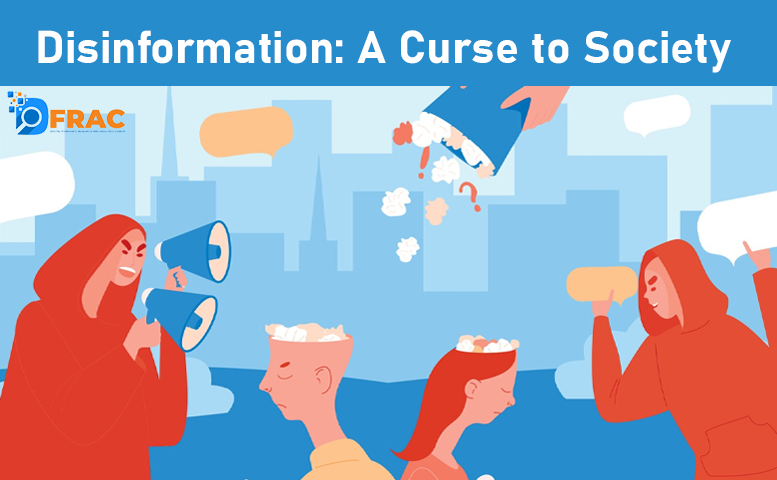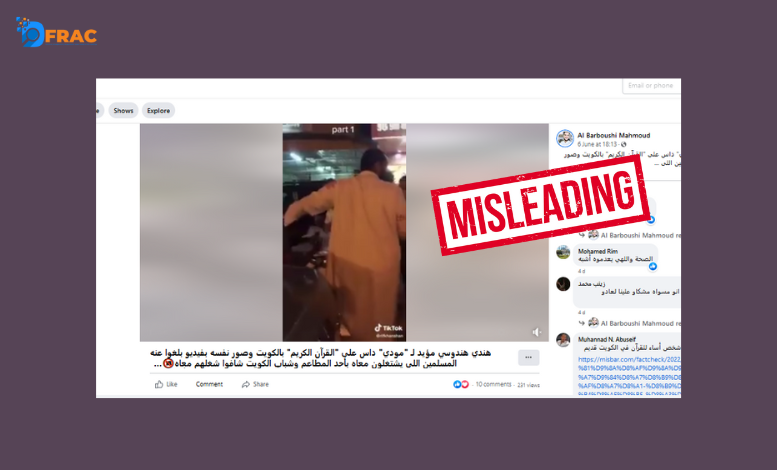Nowadays social media platform has become the main source of news for the society. During the 2021 survey, more than 70 percent of respondents from Kenya, South Africa, Malaysia and the Philippines said they used social media as a source of news. In contrast, less than 40 percent of adults in Belgium, France, the Netherlands, Germany and Japan said the same thing.
According to a Reuters Institute India Digital News Report, online platforms such as WhatsApp, YouTube and Facebook are widely used for news consumption in India.
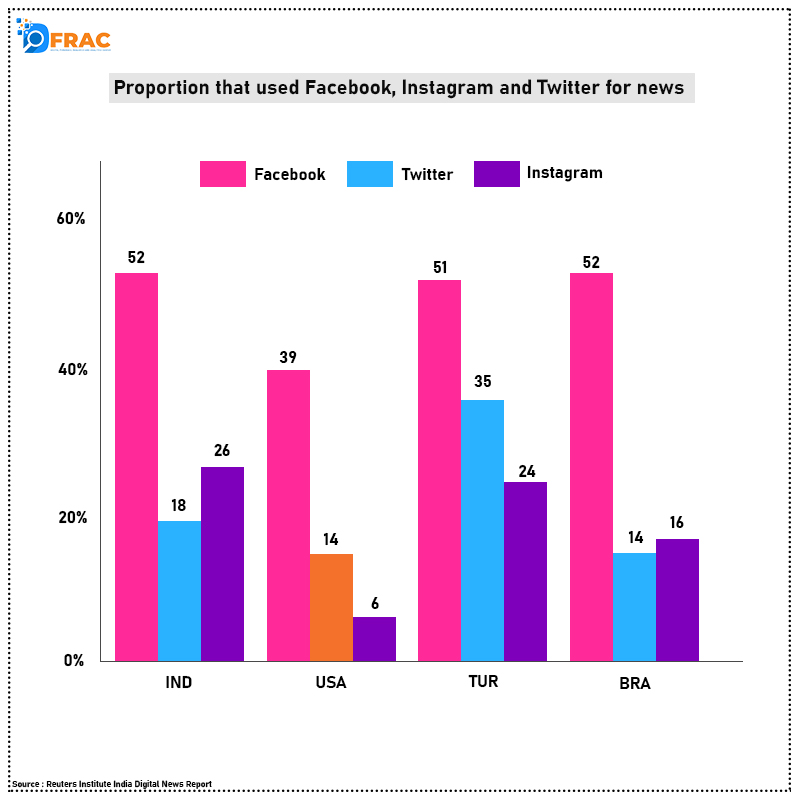

According to the global survey, India has emerged as one of the strongest mobile-centric markets, with 68% of users accessing news via smartphones and only 17% using computers.
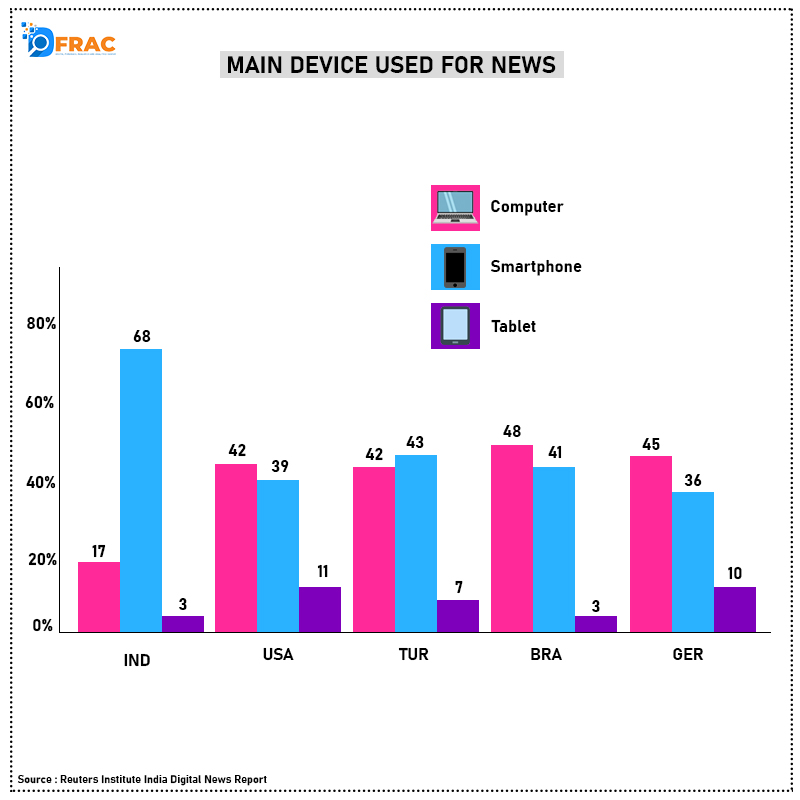
The growing reliance on social media platforms such as Facebook and WhatsApp for news has also created “serious problems with misinformation and hate speech”.
Misinformation refers to false content that is mistakenly shared by a social media user, the person who posted it did not know that it was false. Misinformation is everywhere online, and anyone can fall prey to it. Misinformation is not as much a threat to society as disinformation is. Disinformation is a type of misinformation which is false and the social media user posting it knows that it is false but still forwards it through his/her account to deceive or mislead people.

Let us understand how disinformation is a curse for our society with the help of two instances that occurred recently.
Instance 1: Bangladesh Durga Puja Violence on 13th October,2021
Why it started?
Mob Violence started after rumours spread through social media that the Quran had been desecrated.
Who was the first one to spread this rumour on social media?
On October 13, sometime between 7:00 am and 7:30 am, Foyez Ahmed went live on Facebook from the site where Quran was kept on feet of a Hindu deity. He urged people to wake up and protest the alleged defamation.
Did he know who had placed the Quran at the feet of the Hindu deity?
Yes, he knew it was Iqbal Hossain kept the Quran on the feet on Hindu deity and he circulated the matter on social media to create communal tensions
What happened after he shared his video?
Few more group started sharing that video on social media. By around 8:00 am, people started streaming into the mandap. Within the next hour, crowds swelled to hundreds.
What were the consequences?
A huge crowd gathered, fanned across the cumilla city and vandalized 3 temples- Kalighat Tola, Chanmoyee Kalibari Mandir, Anandamoyee and 14 puja mandaps.
Around 60 houses were damaged and at least 20 homes of Hindus were torched.
Vicious transformation of Disinformation into Violence
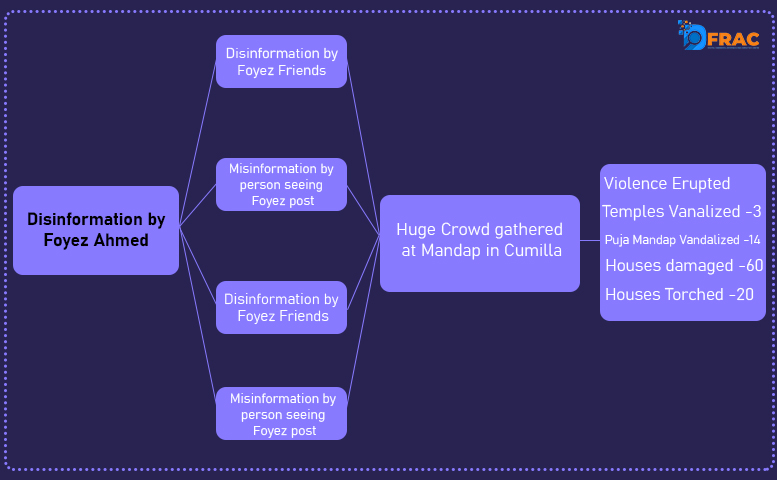
This is how the disinformation spread by Foyez Ahmed took a violent turn.
Instance 2: Hate spread after India’s defeat in India-Pakistan match on October 24, 2021
Why it started?
Hate spread after rumours spread through social media that people in different parts of India were lighting firecrackers in the joy of Pakistan winning the T20 match with India.
Who was the first one to spread this rumour on social media?
A Facebook account, whose name has not been disclosed, posted a video of some people lighting firecrackers during a wedding ceremony with the claim that they were enjoying Pakistan’s victory over India in a T20 match.
Did he know it was a video of the wedding procession?
Yes, he knew the truth. But still he deliberately posted the video with the false claim that people are celebrating Pakistan’s victory over India in T20 match by bursting firecrackers.
What happened after he shared his video?
Many Indians saw it as an insult to the Indian players. Even Virender Sehwag and Gautam Gambhir expressed their anger on social media.
Some people started criticizing Virat Kohli, Mohammad Shami and Hardik Pandya for India’s defeat and the hatred for cricket players can be seen on social media through various memes and trolls that went viral.
What were the consequences?
Indecent remarks for Indian cricket players started getting trolled and a full-fledged argument was made on firecrackers that crackers can be blown on Pakistan’s victory but not during Diwali celebrations.
Vicious Transformation of Disinformation into Hate
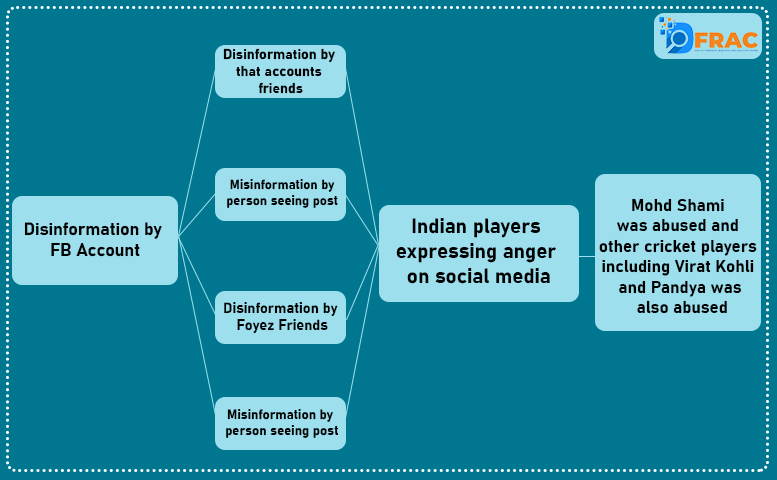
This is how the disinformation spread by FB account turned into hatred against Indian cricket players.
Misleading content is common on social media. We need to be careful with them and verify everything we come across on social media from a verified source. Some content is also posted to create religious disharmony and communal tension, if you come across any of these then it should be your priority to report that post.


